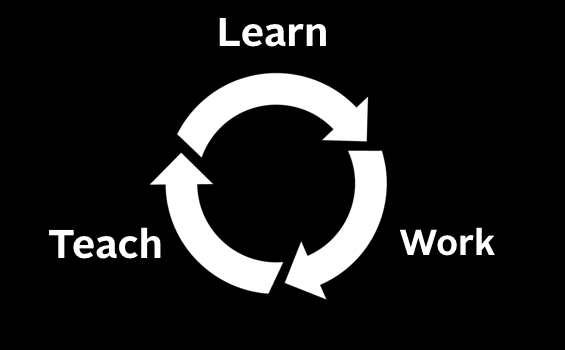Thoughts about US
After the events of the last few months, my head has been swirling and my newsfeed has been dizzying.
So I started writing a few very clear, common-sense things that could help me re-center. Good and simple truths about democracy, community, and country. I think I’ve taken our freedoms for granted and one way to change that is by wrestling with the issues with pen and paper (and keyboard). I ventured into some tricky territory, spaces that I’m still navigating, but here’s where I am so far:
I believe…
If you have a different sexual orientation than me, you deserve just as much love as anyone else. In abundance.
If you are of a different race or color or from a different socioeconomic background, we still have more uniting us than dividing us.
Someone being from the Middle East does not mean they are a terrorist. I know this well.
I believe women deserve respect. And so much more than respect. Equal pay. Equal rights. Equal everything.
If you’ve done something wrong, you deserve a second chance. If you keep doing things wrong, I want you to get help.
I believe if you’re a child from any part of any city of any size, I think you should have access to the same, quality education as a child from any other family in your city. And it should be great. Which means we need to invest heavily in our teachers and their success. Not just money, but our time. A family’s goal should not just be to afford education, but to be involved in one another’s learning and development.
If you are my neighbor, I think we’re better as allies than enemies. One of our greatest contributions to this world is exemplifying how to coexist, despite our differences.
If a bully kicks someone while they’re down, we should do something. We may not be able to fight everyone’s fight, but we can rally our friends and inventions to be helpful when others are in need.
The earth is changing, and not for the better. A lot of that is because we take too much from it. We need to be thoughtful about what we use and how much of it we use or else it will stop giving. We are smart enough to create new ways of reusing, sharing, and even giving back to the earth. Doing so will ensure a longer and happier life for our kids and their kids. This means changing our habits and definitions of success. That seems impossible. But if we do this together, it will be easier and it will be worth it.
If you’ve earned a lot of money because you worked really hard for it, you shouldn’t be targeted to give it away. That should be up to you. But sharing a planet, a country, and a community comes at a cost, for all of us. If we consume less and give a little more, more of us can be more healthy and cared for. That’s good for you, me, and everyone around us, too.
The rules surrounding governance are complex. But I believe we shouldn’t pass those complexities down to the people they are meant to serve. Our most delightful and helpful technology and designs should be pointed at helping all people navigate basic needs.
The job market is changing. An expensive four-year degree gained in a classroom is losing its relevance and seeding generations with more debt than anyone can or should handle. We need to create more bridges into the marketplace through internships and apprenticeships earlier in higher education. Those experiences ought to be a frequent and fully accredited part of education. Educating people is about more than just vocation. It means guiding students to think, to question, to appreciate beauty, to understand history, embrace difference, and be comfortable with ambiguity. Education should prepare people for jobs, absolutely, but also for living thoughtful, empathic, fully human lives.
And society is moving and progressing too fast for us to simply cram all of our education into our younger years. Learning is not a product, it is a practice that ought to be directed by the learner and celebrated by society as a whole.
Things like democracy, country, and freedom are complex. The past few weeks and months have proved that. Each of us needs to wrestle with those topics on our own and with our communities. Or else we will get swept away by party, religion, or a figurehead and, in turn, never understand or or strengthen our own beliefs. That’s when democracy begins to crumble and fear and hate rise – when we have no foundation in basic truths that ought to be fundamental to democracy.
So when does freedom come under fire? What is worth fighting for? Which belief is preference and which ones help a country create a place for people to live happy, meaningful lives?
Find the time to recenter yourself around a few truths that you believe. Find people who are doing the same. Meet them. Disagree with them. Decide what’s foundational to democracy and freedom…and celebrate those things. And when you differ, remember what unites you.
– Victor
Ps: Special thanks to Dane Johnson & Michael Lawrence for helping me edit this piece, and more importantly, discuss these topics with me.








